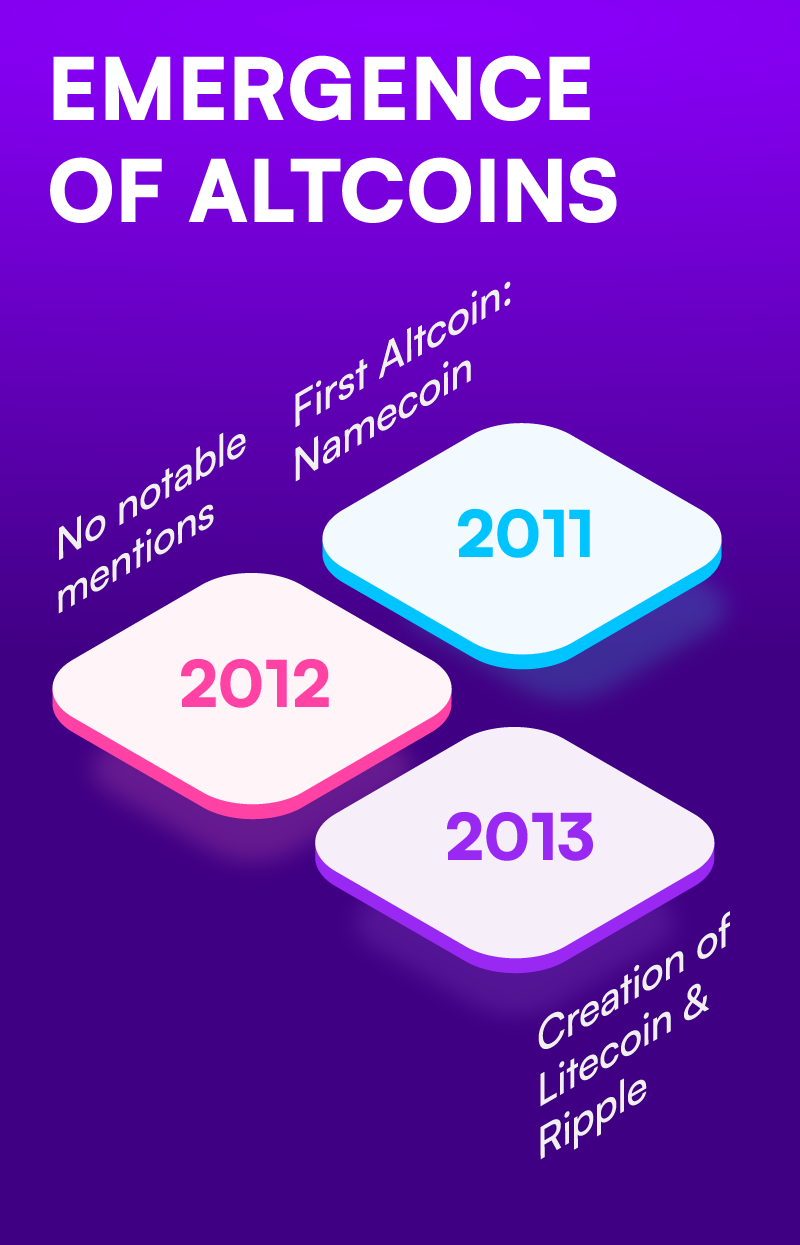The Bitcoin software has gone through a number of upgrades since its launch. In November 2011, Bitcoin upgraded to Bitcoin-Qt for all Bitcoin forks, with a faster block download speed, a different database type, better wallet encryption, and a new front-end interface. Bitcoin renamed its main blockchain in March 2014 to what’s currently known as the Bitcoin Core and is continually being upgraded over time. The software provides the necessary tools for users on the main Bitcoin blockchain and serves as the go-to software for individuals engaging with the Bitcoin network, enabling them to create nodes, conduct transactions, store coins, and carry out various operations.
To maintain the integrity, principles, and safety of Bitcoin, proposed upgrades from Bitcoin Core developers undergo a peer-to-peer review, ensuring adherence to Bitcoin’s ethical practices. On successful peer review of the proposed changes, the Bitcoin network maintainers are tasked with implementing them within the Bitcoin Core. Currently, Wladimir van der Laan leads the team of Bitcoin Core maintainers, including Samuel Dobson, Michael Ford, Marco Falke, Jonas Schnelli, and Peter Wuille.
 Apr 10, 2024
Apr 10, 2024









